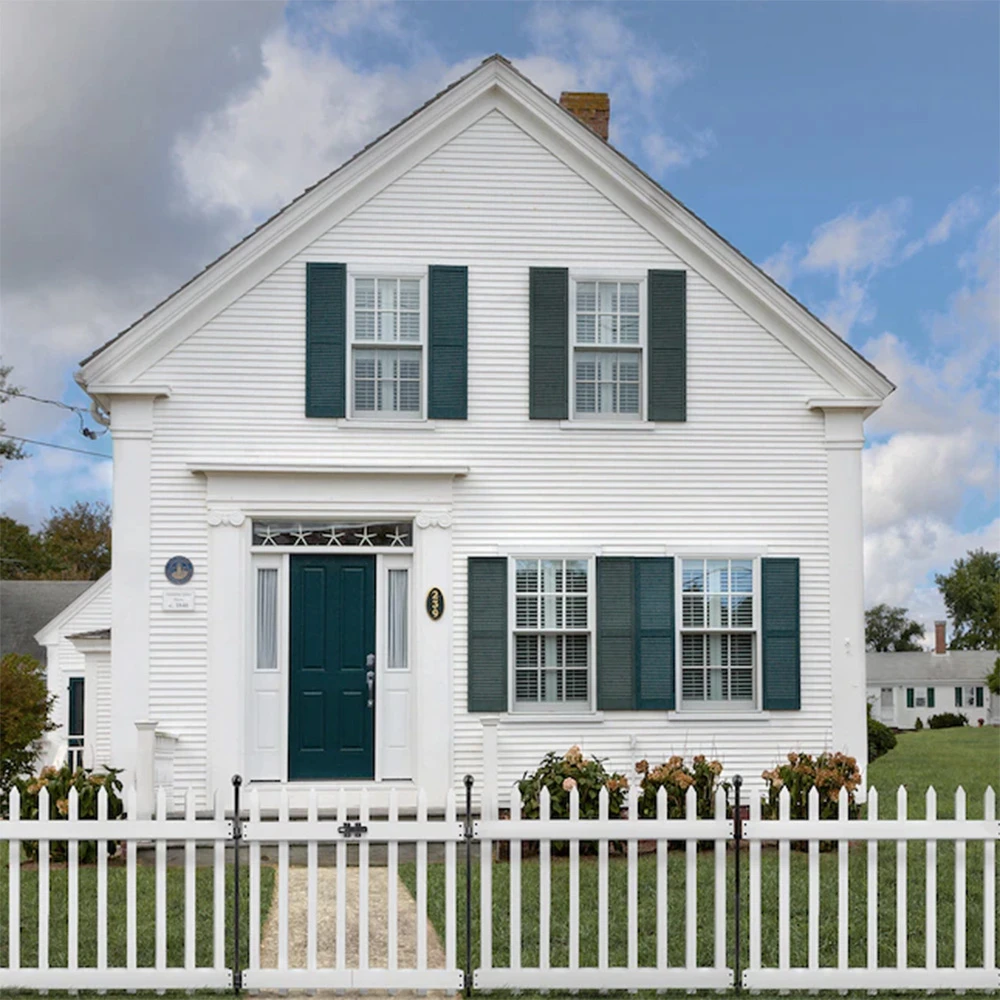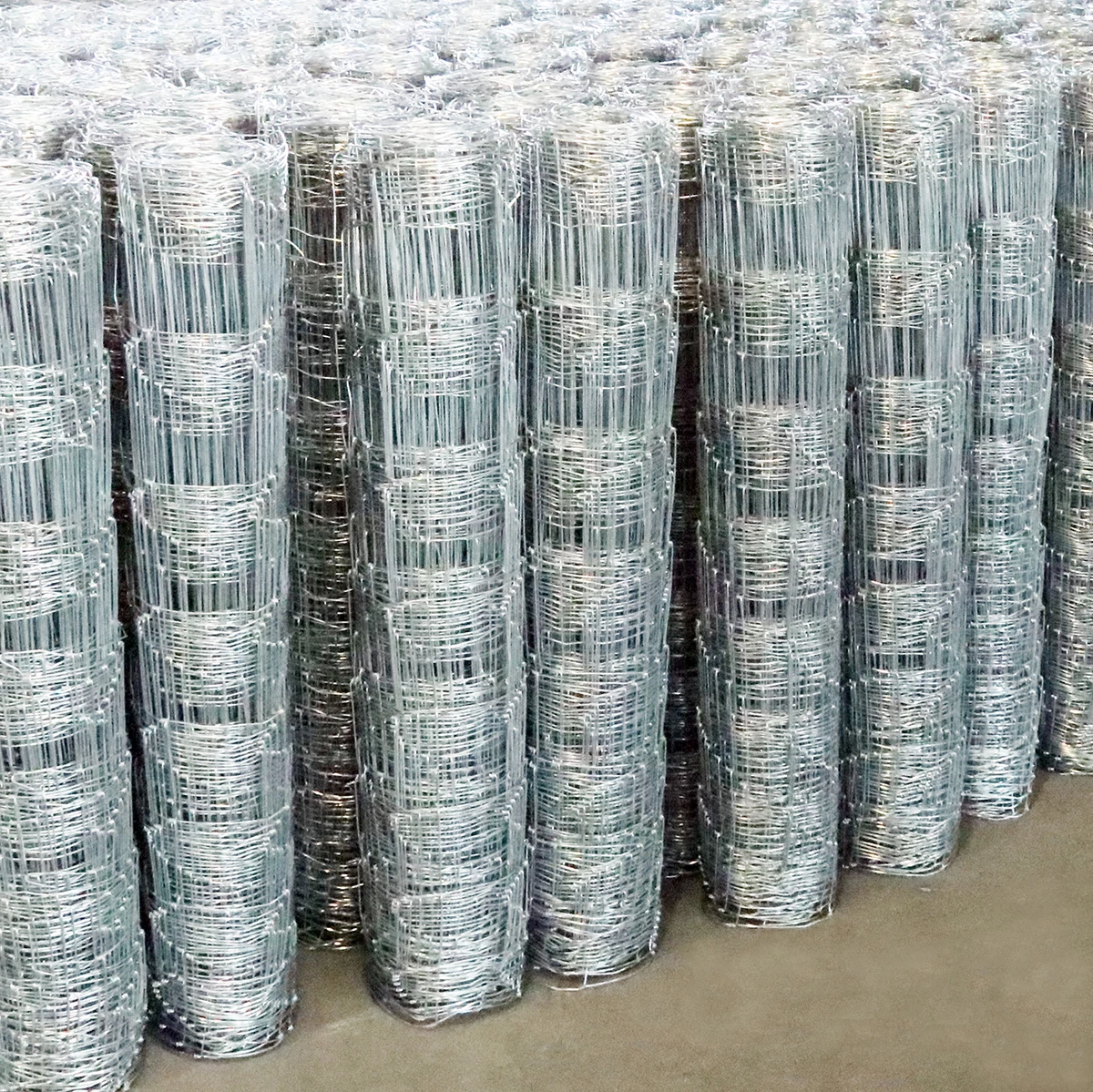5 Foot Field Fencing: A Comprehensive Guide to Installation and Maintenance
Apr . 23, 2024 17:20  . Its versatility stems from its height, which provides adequate protection and containment while maintaining visibility and openness. Installing and maintaining 5 foot field fencing properly is crucial for ensuring its longevity and effectiveness. This comprehensive guide will provide detailed instructions on how to install and maintain 5 foot field fencing, covering materials, tools, techniques, and troubleshooting tips.
**Materials and Tools**
The following materials and tools are necessary for installing 5 foot field fencing:
* 5 foot field fencing (galvanized or vinyl-coated)
* Fence posts (T-posts or wooden posts)
* Wire ties or fence staples
* Post driver
* Wire stretcher
* Level
* Measuring tape
* Gloves
**Site Preparation**
Before installing the fence, it is essential to prepare the site by clearing any vegetation or debris. Determine the desired fence line and mark it clearly with stakes or flagging tape. Ensure the ground is level and free of obstacles.
. Its versatility stems from its height, which provides adequate protection and containment while maintaining visibility and openness. Installing and maintaining 5 foot field fencing properly is crucial for ensuring its longevity and effectiveness. This comprehensive guide will provide detailed instructions on how to install and maintain 5 foot field fencing, covering materials, tools, techniques, and troubleshooting tips.
**Materials and Tools**
The following materials and tools are necessary for installing 5 foot field fencing:
* 5 foot field fencing (galvanized or vinyl-coated)
* Fence posts (T-posts or wooden posts)
* Wire ties or fence staples
* Post driver
* Wire stretcher
* Level
* Measuring tape
* Gloves
**Site Preparation**
Before installing the fence, it is essential to prepare the site by clearing any vegetation or debris. Determine the desired fence line and mark it clearly with stakes or flagging tape. Ensure the ground is level and free of obstacles. . For typical installations, space posts 6-8 feet apart. Use a post driver to firmly embed the posts into the ground, ensuring they are plumb and level. The posts should extend approximately 2 feet above ground level.
**Attaching the Fencing**
There are two common methods for attaching the fencing to the posts:
* **Wire Ties:** Wire ties are inexpensive and easy to use. Thread the tie through the holes in the fencing and wrap it around the post. Tighten the tie securely using pliers.
. For typical installations, space posts 6-8 feet apart. Use a post driver to firmly embed the posts into the ground, ensuring they are plumb and level. The posts should extend approximately 2 feet above ground level.
**Attaching the Fencing**
There are two common methods for attaching the fencing to the posts:
* **Wire Ties:** Wire ties are inexpensive and easy to use. Thread the tie through the holes in the fencing and wrap it around the post. Tighten the tie securely using pliers. . Use a staple gun to drive the staples through the fencing into the post. Space the staples evenly along the length of the fencing.
**Tensioning the Fencing**
Once the fencing is attached to the posts, it is important to tension it properly to prevent sagging and ensure its longevity. Use a wire stretcher to tighten the fencing. Gradually increase the tension until the fencing is taut but not overstretched.
**Finishing Touches**
After the fencing is tensioned, trim any excess fencing and secure the ends with wire ties or fence staples.
. Use a staple gun to drive the staples through the fencing into the post. Space the staples evenly along the length of the fencing.
**Tensioning the Fencing**
Once the fencing is attached to the posts, it is important to tension it properly to prevent sagging and ensure its longevity. Use a wire stretcher to tighten the fencing. Gradually increase the tension until the fencing is taut but not overstretched.
**Finishing Touches**
After the fencing is tensioned, trim any excess fencing and secure the ends with wire ties or fence staples. .
**Maintenance**
Regular maintenance is essential for preserving the integrity of 5 foot field fencing. Inspect the fence periodically for any damage, such as broken wires or loose posts. Repair any damage promptly to prevent further deterioration.
**Vegetation Control**
Vegetation can grow around and over the fence, interfering with its effectiveness. Regularly trim vegetation back to prevent it from obscuring the fence or creating escape routes for livestock.
**Post Replacement**
Over time, fence posts can deteriorate or become damaged.
.
**Maintenance**
Regular maintenance is essential for preserving the integrity of 5 foot field fencing. Inspect the fence periodically for any damage, such as broken wires or loose posts. Repair any damage promptly to prevent further deterioration.
**Vegetation Control**
Vegetation can grow around and over the fence, interfering with its effectiveness. Regularly trim vegetation back to prevent it from obscuring the fence or creating escape routes for livestock.
**Post Replacement**
Over time, fence posts can deteriorate or become damaged. .
**Troubleshooting**
Common problems with 5 foot field fencing include:
* **Sagging:** Tighten the wires or replace loose posts.
* **Broken Wires:** Repair or replace damaged wires.
* **Escapes:** Inspect the fence line for gaps or holes and repair them accordingly.
* **Post Damage:** Replace damaged or rotten posts.
* **Rust or Corrosion:** Repaint or replace rusted or corroded sections of fencing.
**Conclusion**
Installing and maintaining 5 foot field fencing is a relatively straightforward process that can be completed by DIY enthusiasts or professional contractors. By following the steps outlined in this guide, you can ensure a durable and effective fence that will provide years of protection and containment. Regular maintenance and prompt repairs will extend the life of the fence and keep it functioning optimally.
.
**Troubleshooting**
Common problems with 5 foot field fencing include:
* **Sagging:** Tighten the wires or replace loose posts.
* **Broken Wires:** Repair or replace damaged wires.
* **Escapes:** Inspect the fence line for gaps or holes and repair them accordingly.
* **Post Damage:** Replace damaged or rotten posts.
* **Rust or Corrosion:** Repaint or replace rusted or corroded sections of fencing.
**Conclusion**
Installing and maintaining 5 foot field fencing is a relatively straightforward process that can be completed by DIY enthusiasts or professional contractors. By following the steps outlined in this guide, you can ensure a durable and effective fence that will provide years of protection and containment. Regular maintenance and prompt repairs will extend the life of the fence and keep it functioning optimally.









 Unity
Unity Creation
Creation Challenge
Challenge Contribution
Contribution










